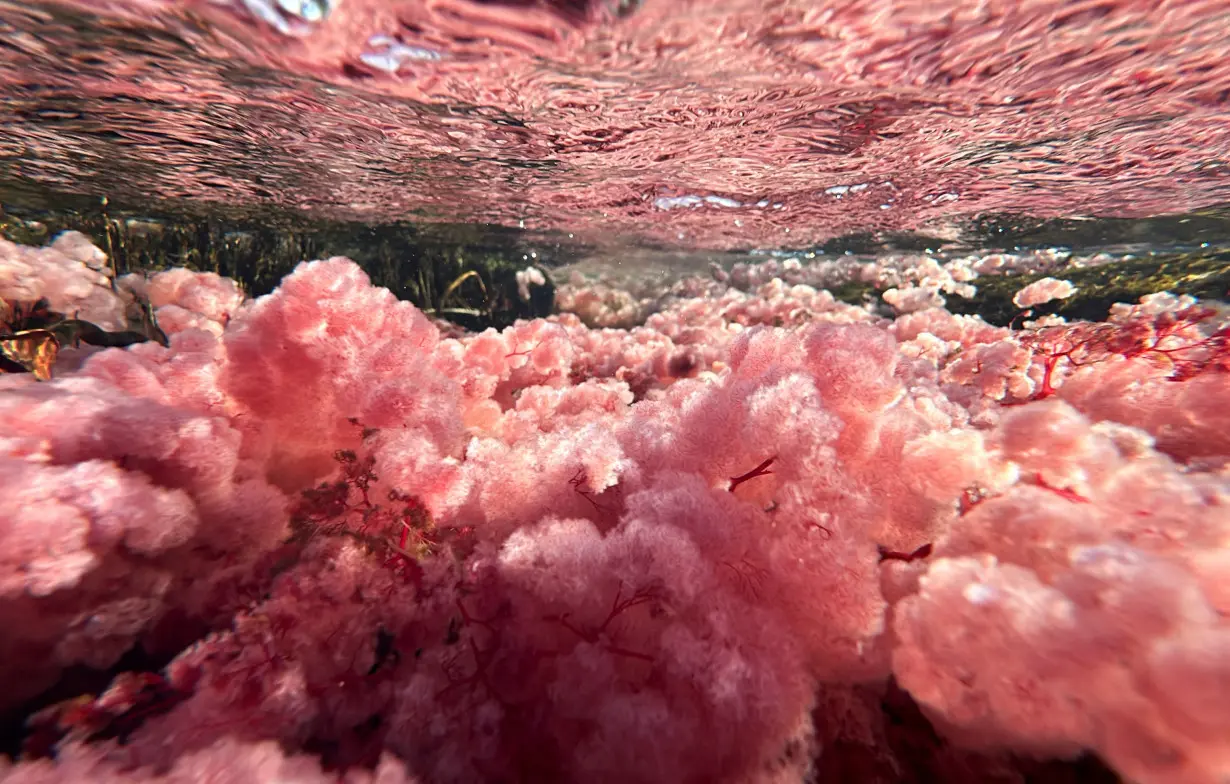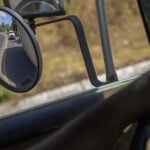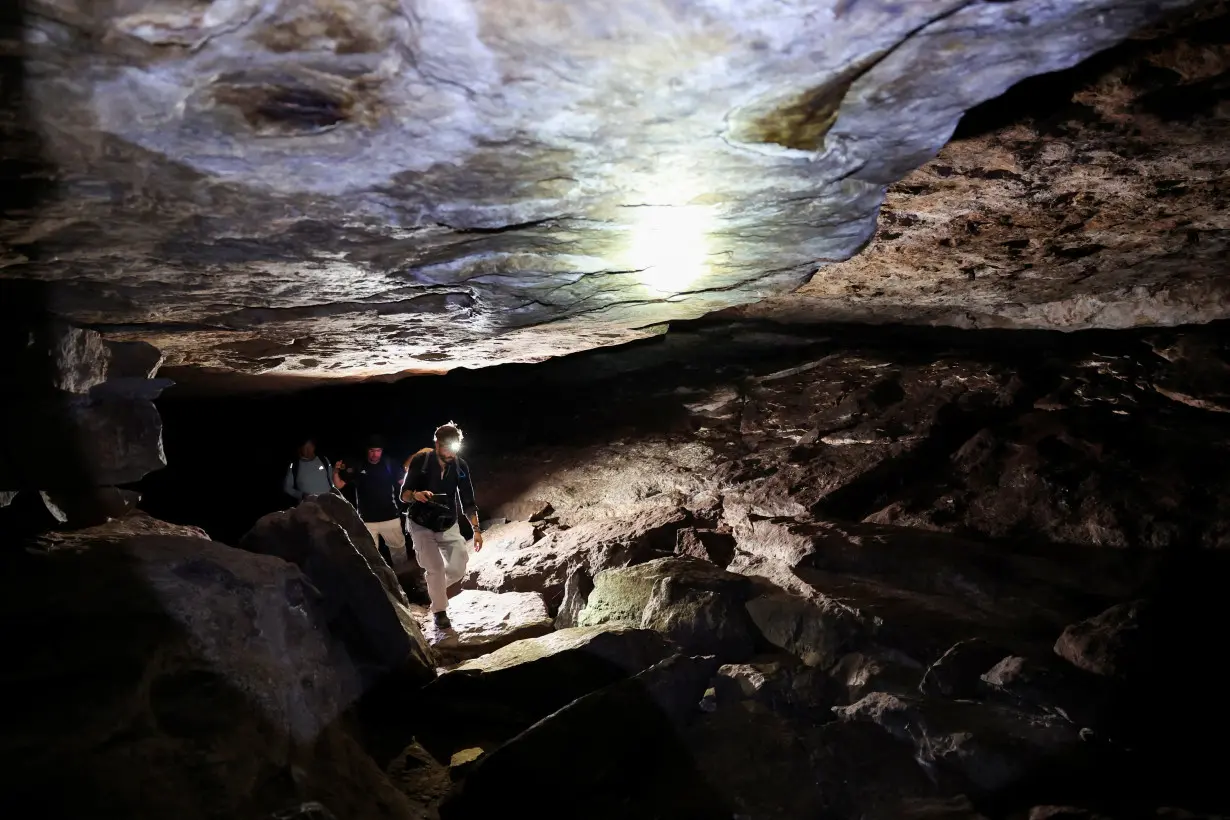(Reuters) - A transformation has taken root in Colombia's jungle heartland, as farmers once engaged in coca cultivation and deforestation are switching to eco-tourism, which is offering new livelihoods for hundreds of residents.
Thanks to farmers transitioning to tour guides, visitors can now marvel at the ancient cave paintings of Cerro Azul or the vibrant pink aquatic plants that grace Cano Sabana in San Jose del Guaviare, located about 400 km (250 miles) southeast of capital Bogota.
"Some of the people who are local guides today were great deforesters," says Joaquin Vargas, who works for local farmer organization Fantasias de Cerro Azul Puerta del Chiribiquete.

Operating in an area previously gripped by guerrilla warfare and illicit drug production, the region has steadily opened up following the 2016 peace agreement between a major armed rebel group known as the FARC and the Colombian government.
(This story has been corrected to fix the year of the peace agreement to 2016, not 2017, in paragraph 4)
(Reporting by Reuters TV; Writing by Raúl Cortés Fernández; Editing by Sandra Maler)

 Trump has begun another trade war. Here's a timeline of how we got here
Trump has begun another trade war. Here's a timeline of how we got here
 Canada's leader laments lost friendship with US in town that sheltered stranded Americans after 9/11
Canada's leader laments lost friendship with US in town that sheltered stranded Americans after 9/11
 Chinese EV giant BYD's fourth-quarter profit leaps 73%
Chinese EV giant BYD's fourth-quarter profit leaps 73%
 You're an American in another land? Prepare to talk about the why and how of Trump 2.0
You're an American in another land? Prepare to talk about the why and how of Trump 2.0
 Chalk talk: Star power, top teams and No. 5 seeds headline the women's March Madness Sweet 16
Chalk talk: Star power, top teams and No. 5 seeds headline the women's March Madness Sweet 16
 Purdue returns to Sweet 16 with 76-62 win over McNeese in March Madness
Purdue returns to Sweet 16 with 76-62 win over McNeese in March Madness








